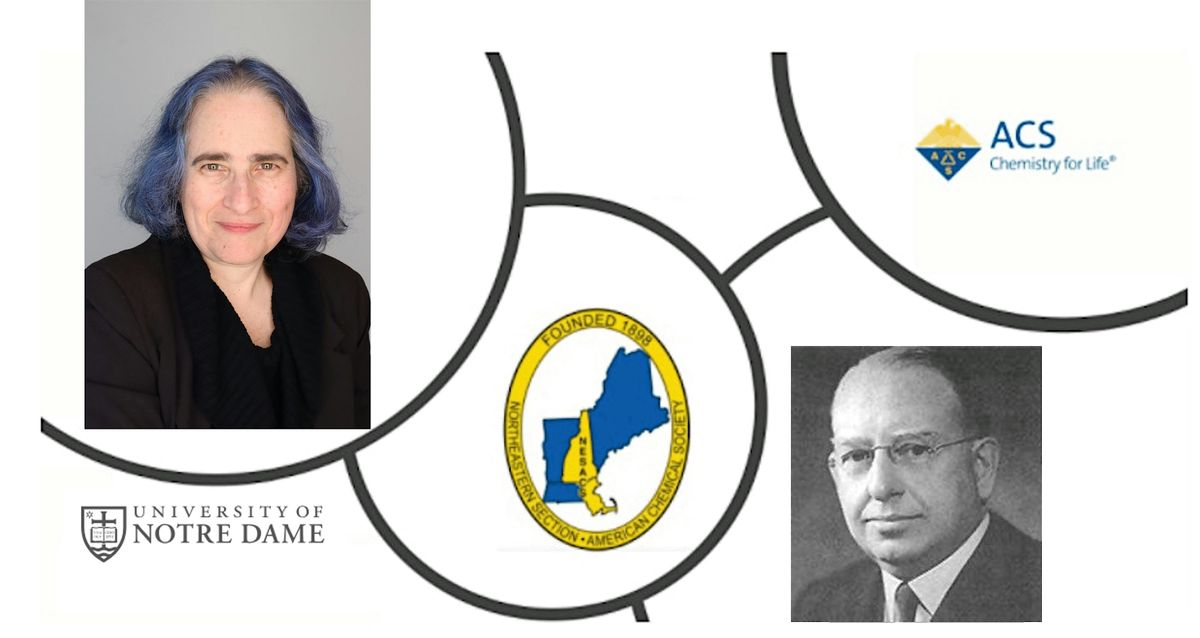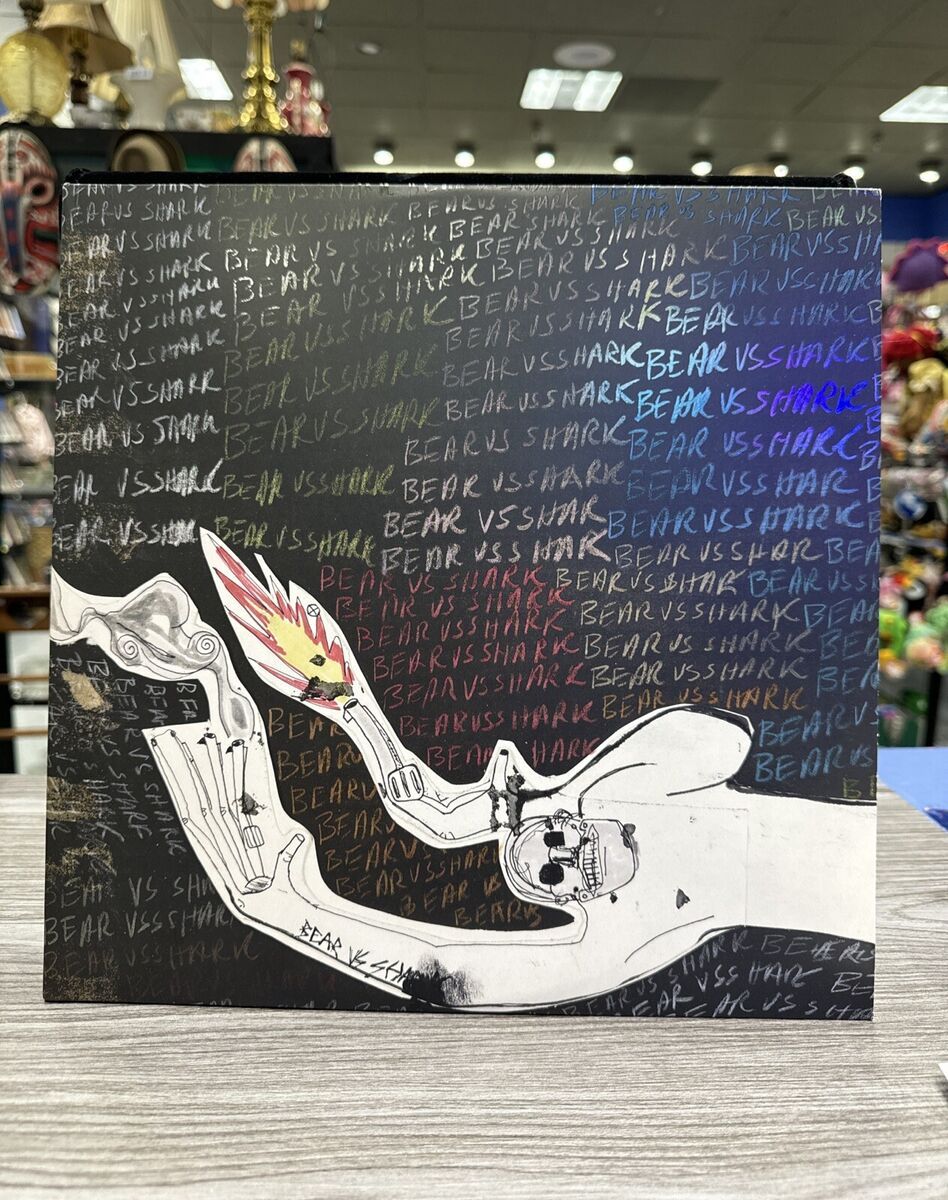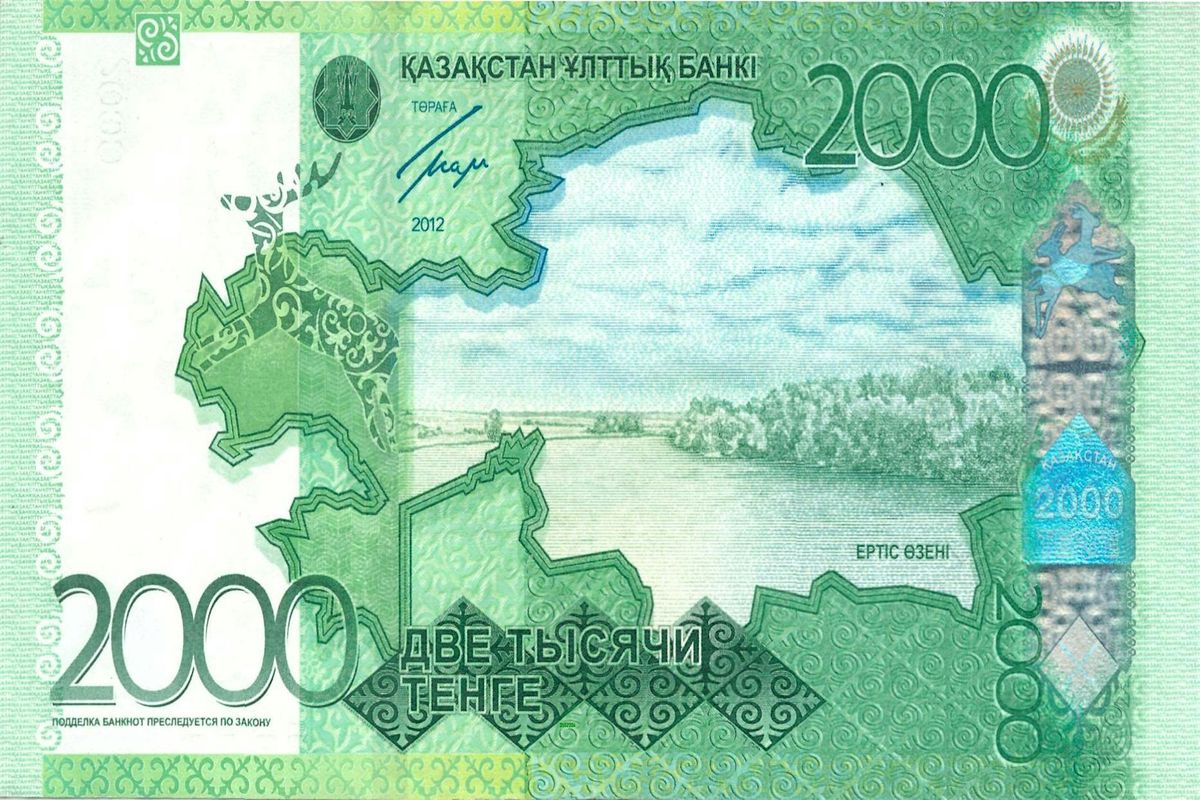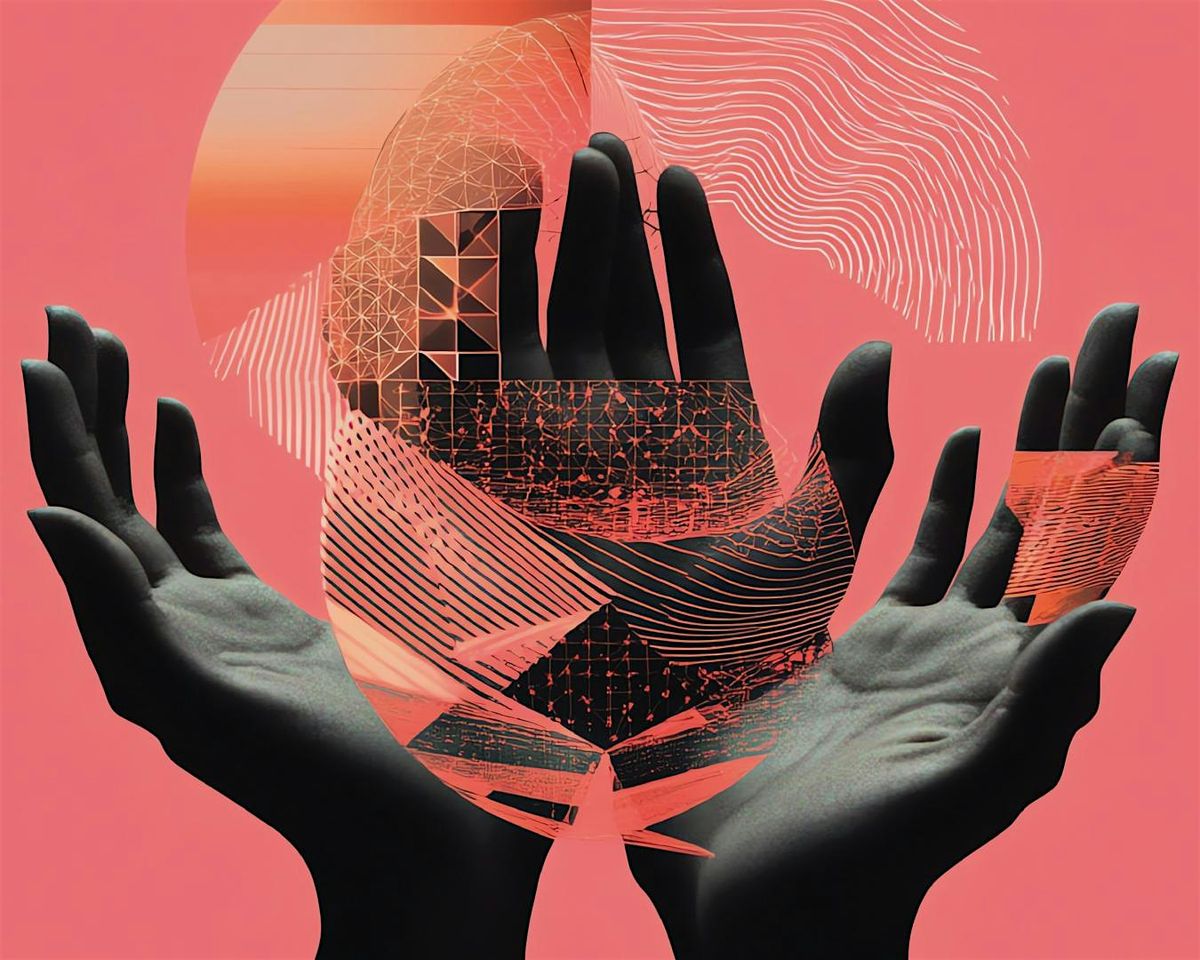 NESACS Honors the 2025 Gustavus J. Esselen Awardee, Professor Marya Lieberman, Followed by the Presentation of the Esselen Address
NESACS Honors the 2025 Gustavus J. Esselen Awardee, Professor Marya Lieberman, Followed by the Presentation of the Esselen AddressAbout this Event
NESACS Honors the 2025 Gustavus J. Esselen Awardee, Professor Marya Lieberman, with the Presentation of the Esselen Award and her Esselen Address
This meeting will feature Professor Marya Lieberman, Professor of Chemistry and Biochemistry, University of Notre Dame, as our speaker and awardee. She will receive the Gustavus J. Esselen Award for Chemistry in the Public Interest for her work in the development of low-cost, high quality Paper Analytical Devices (PADs) used to identify fake and substandard medicines for over sixty different pharmaceuticals, particularly in low- and middle-income countries (LMICs). In addition to the development of the devices she has also been integral in the process of training scientists and regulators to use this technology for the public well-being.
THE PUBLIC IS INVITED - RESERVATIONS ARE REQUIRED
This is a black tie optional event.
Schedule of Events
4:30 PM Board Meeting
5:30 PM Social Hour
6:30 PM Dinner
8:00 PM Award Meeting and Presentation of the Gustavus J. Esselen Award for Chemistry in the Public Interest to Professor Marya Lieberman
Professor Lieberman's talk:
"Got Fakes? Paper test cards for detection of falsified medicines"
Abstract: Fake medicines are a wicked problem that has been around for millenia. In a manuscript penned before 70 CE, Dioscorides describes how to distinguish genuine painkillers from fakes concocted from the juice of wild lettuce. Today, analytical chemists have turned their attention to drug quality questions that go a bit beyond detection of illicit lettuce juice. Pharmacopoeial organizations have developed reliable quality monographs for more than 900 types of essential medicines recognized by the World Health Organization. However, this has not solved the problem of fake medicines, because the task of applying these monographs to products is left to national drug regulatory agencies, which are often poorly resourced.
Anticancer drugs are a particular challenge for regulators in low- and middle-income countries. Many anticancer drugs are cytotoxic, which allows them to K*ll cancer cells but makes them difficult to handle in regular laboratory settings. Most regulators in these countries rely on manufacturer-provided certificates of analysis and visual inspection protocols–basically, looking at the bottle to see if the drug is a funny color. There are no published surveys about the quality of this class of drugs in low- and middle-income countries. In 2017, my group developed a paper test card for rapid screening of the quality of anticancer drugs, and when we tried it out in a usability study in Ethiopia, we found multiple lots of substandard cisplatin in the main government hospital. Expanded testing of small-molecule anticancer drugs in Cameroon, Ethiopia, Kenya, and Malawi found that 1 in 6 lots of products did not have the correct amount of active ingredients.
Paper analytical devices, or PADs, allow untrained users to carry out a variety of chemical tests in field settings, but that is only part of the challenge of implementing a new technology in a real world setting. I want to talk about how the PADs work, because there’s a lot of lovely chemistry involved–and we’ll do some hands-on demos–but I also think there are important lessons about product design and policy that are relevant to other technologies that people are trying to get out of the lab and into the world.
Biography: Dr. Marya Lieberman enjoys making stained glass, cooking, and solving fiendish cryptic crosswords. As a kid in Berkeley, California, she missed all the exciting stuff in the 60's and 70's, although her mother tells her she was gassed in her stroller. She developed an interest in science that was deepened and focused by an undergraduate degree in chemistry at MIT and a PhD from the University of Washington, Seattle, where she designed and built an artificial metalloprotein. A high point in this project was finally understanding her protein's energy landscape; a low point was sleeping on the floor of the lab during the marathon HPLC kinetics runs required to get to the energy landscape. She did a chemistry demonstration at her wedding. She received a prestigious NSF Postdoctoral Fellowship to study at Caltech, where she discovered that the NSF had not considered that Fellows might get pregnant, and had no maternity leave policy. After the birth of her first child, she and her husband became faculty members at the University of Notre Dame, where they have happily occupied neighboring offices for 29 years. Her second child was born the day before she received tenure. For most of her career, she studied molecular electronics using high-vacuum instrumentation and scanning probe microscopes. She took pictures of single molecules sitting on surfaces, knitted DNA into tiny carpets, and studied quantum-dot cellular automata. In 2012, she started a new research program using paper microfluidics to develop technologies for use in low resource settings. For the past 13 years, she has been on the hunt for substandard and falsified medicines with collaborators in Kenya, Tanzania, Malawi, Ethiopia, Cameroon, and Bangladesh.
Please visit https://www.nesacs.org/award/gustavus-john-esselen-award/ for more information on the selection process, the history of the Award and the life and career of Gustavus John Esselen, as well as past winners.
NESACS would like to thank the chair of the Gustavus John Esselen Award Committee of NESACS, Dr. Penny Beuning, the Esselen Family, and Ms. Jeananne Piper Grady for her skillful organization of arrangements for, and invitations to this event.
The deadline for registering for dinner is 4:00 PM, Thursday, April 3, 2025.
Registration or other questions? Please contact: [email protected]
Transportation and Parking?
MBTA closest stop is Harvard Square, with many bus lines (1, 68, 83) providing access via Mass Ave. or Broadway. Please visit www.mbta.com
Parking is available in the Broadway Street garage (3rd level or higher); enter from Felton St. via Cambridge St. Please mention the event for parking at no charge to you.
There is street parking around Harvard Square, but the 2 hour time limit might not be enough for the dinner or the meeting.
Event Venue
Harvard Faculty Club, Harvard University, 20 Quincy St., Cambridge, United States
USD 0.00 to USD 35.00












